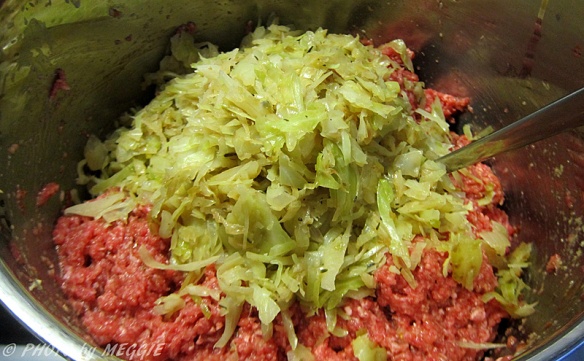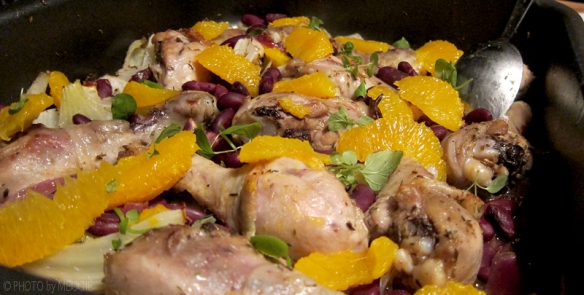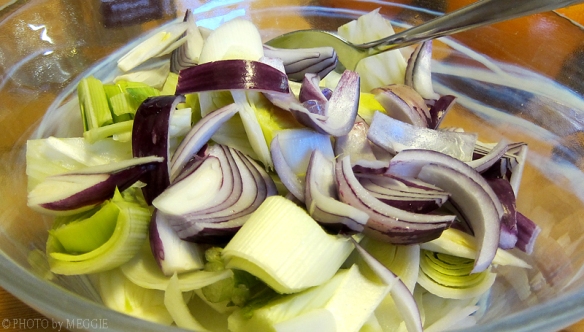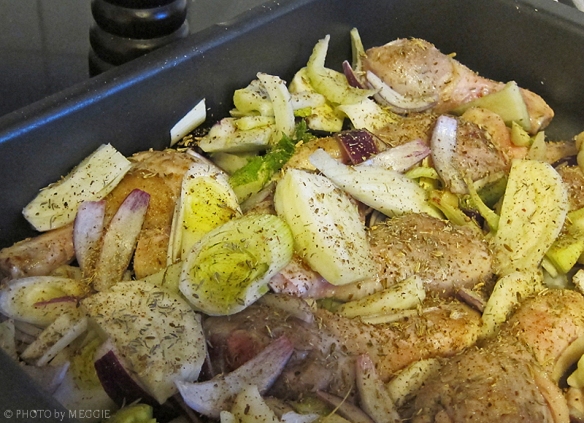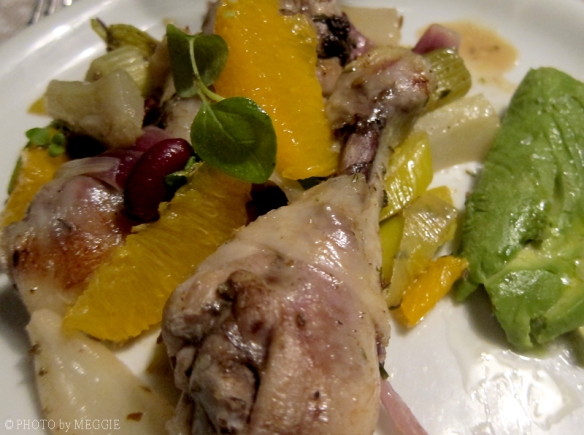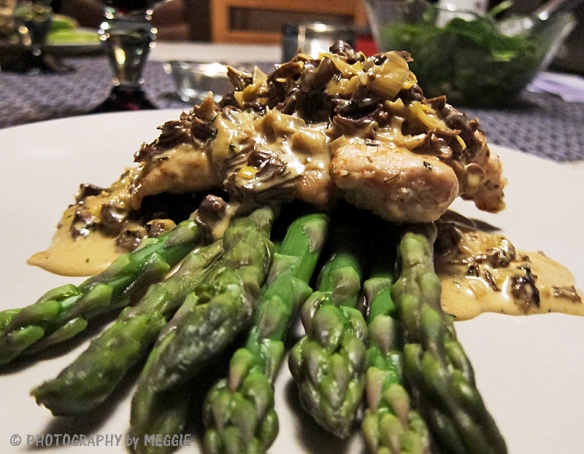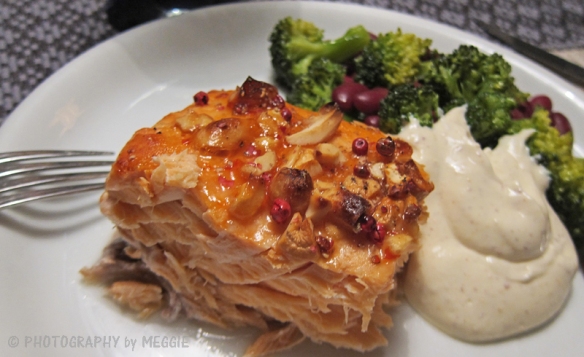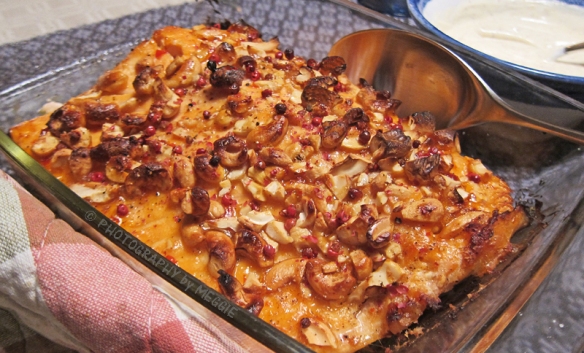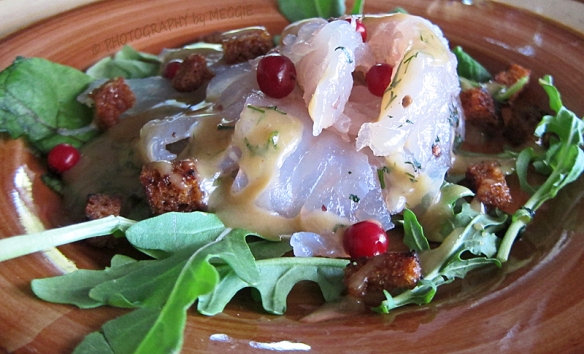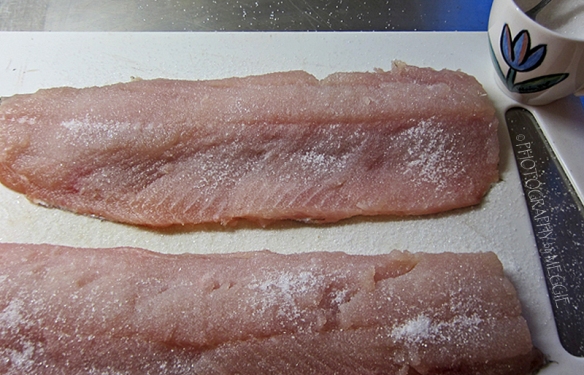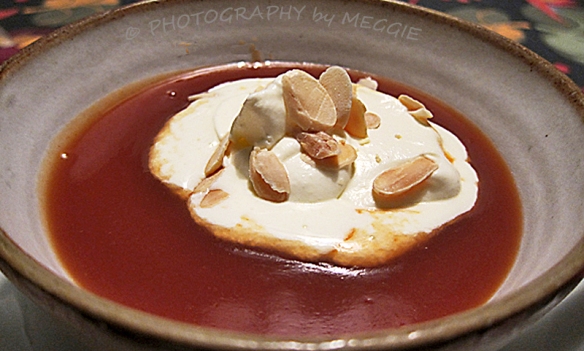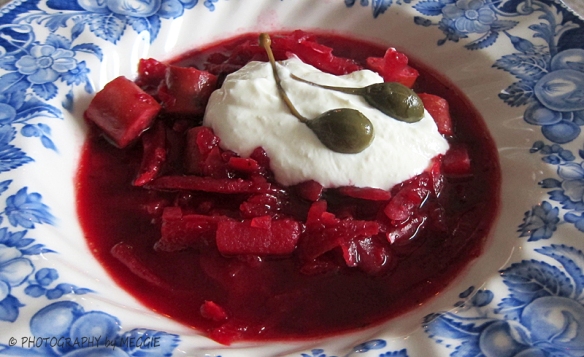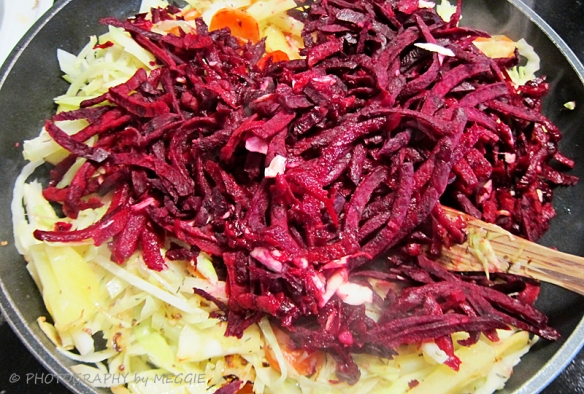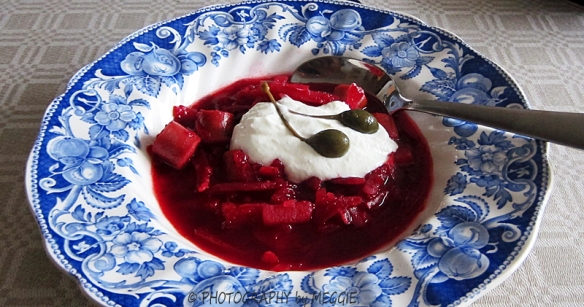Every time I opened my fridge a big head of white cabbage, getting closer and closer to be on its last leg, glared at me, reminding me of this miserable so-called summer that had spoiled all our plans for an outdoor barbecue. The cabbage, that was supposed to be the shining star of my coleslaw and the perfect side dish to anything cooked on the grill.
Realizing that my supermarket had mince meat on special offer I saw a perfect opportunity to combine the two, cabbage and mince meat, into a classic Swedish home cooked meal, a kålpudding or cabbage pudding.
Cabbage pudding?! Oh no, don’t puke! Taken out of its context these two words might perhaps bring back unpleasant memories from the school canteen and probably won’t score high, but don’t judge the book by its cover. That was then, you’re a grown up now, so give it a go. You might be surprised.
Cabbage pudding
(5-6 servings)
Ingredients
- 1000 g white cabbage
- 1 leek
- 1 large onion
- 2-3 cloves garlic
- 1000 ml water + 2 cubes vegetable stock
- 800 – 1000 g mince beef
- 75 ml bread crumbs + 300 ml of the strained cooking liquid
- 2 eggs
- 2 tbsps HP-sauce
- 1,5 tbsp Worcestersauce
- 1-2 tsps dried chiliflakes
- Salt and pepper to taste
Method
- Preheat oven to 200 degrees C.
- Let water and vegetable stock come to a boil in a large saucepan.
- Add shredded cabbage, finely sliced leek, and chopped onion and garlic to the water and boil for 5 minutes.
- Strain the water, but save and set aside 300 ml (in a big bowl).
- Drain the cabbage mixture carefully of excess water before frying in rapeseed oil in a large frying pan or wok over medium heat. It’ll take some time for the cabbage to get translucent and golden brown (not burnt).
- Meanwhile, add the bread crumbs to the cooking liquid and let it swell and cool before adding mince meat, eggs and spices. I use to fry a piece of the meat mixture just to check the seasoning. Adjust if needed.
- Combine meat mixture with half of the cabbage and spread in a buttered oven proof dish. Cover with the remaining cabbage and bake for about an hour or until the inner temperature reaches 70 degrees C. Cover with waxed paper if the cabbage tend to burn.
Serve with gravy, pickled cucumber and lingonberry jam. If the jam is hard to find, cranberry sauce will do just as well.




